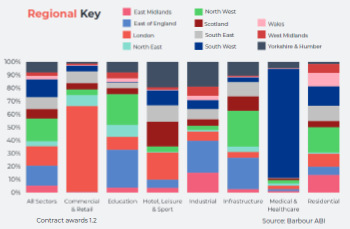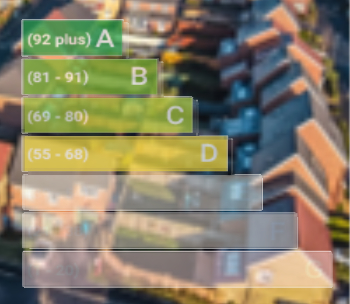Permanent structure
In reality no structures are truly permanent. They will degrade over time and will ultimately fall into disrepair, fall out of use or will be demolished.
However, a structure may be considered to be permanent if it is designed for a long-term use, rather than short-term or temporary use. The duration that might be considered ‘long term’ will vary depending on the design life of the structure.
BS EN 1990, Eurocode - Basis of structural design, (Eurocode 0) gives indicative design lives for various types of structure:
- Category 1: Temporary structures, not including structures or parts of structures that can be dismantled with a view to being re-used – 10 years.
- Category 2: Replaceable structural parts, e.g. gantry girders, bearings – 10 to 25 years.
- Category 3: Agricultural and similar buildings – 15 to 30 years.
- Category 4: Building structures and other common structures – 50 years.
- Category 5: Monumental building structures, bridges and other civil engineering structures – 100 years.
The actual life of a structure will vary depending on factors including:
- Materials.
- Workmanship.
- Moisture, humidity and rain.
- Wind.
- Temperature and temperature fluctuations.
- Pollution.
- Solar radiation.
- Maintenance.
- Intensity of use.
In legal terms, The Town and Country Planning (General Permitted Development) Order 1995 defines a temporary use as one that does not exceed 28 days in any calendar year. Beyond this, under normal circumstances, a structure would be considered to be ‘permanent’ and so would require planning permission. However, this is reduced to 14 days for some uses, and only certain temporary uses are permitted at all without planning permission. See Temporary use for more information.
Schedule 2 of the building regulations defines a temporary building as, ‘A building that is not intended to remain where it is erected for more than 28 days’. For more information see: Temporary structure.
During the construction process, it is normal to distinguish between permanent works and temporary works. Temporary works may also be regarded as temporary structures comprising an arrangement of elements that are necessary only during the construction process itself. These can include scaffolding, formwork, trench supports and so on.
Temporary works are defined in BS5975: 2008 + A1: 2001 Code of Practice for Temporary Works Procedures and the Permissible Stress Design of Falsework as ‘parts of the works that allow or enable construction of, protect, support or provide access to, the permanent works and which might or might not remain in place at the completion of the works.’
[edit] Related articles on Designing Buildings Wiki
Featured articles and news
Spring Statement 2025 with reactions from industry
Confirming previously announced funding, and welfare changes amid adjusted growth forecast.
Scottish Government responds to Grenfell report
As fund for unsafe cladding assessments is launched.
CLC and BSR process map for HRB approvals
One of the initial outputs of their weekly BSR meetings.
Architects Academy at an insulation manufacturing facility
Programme of technical engagement for aspiring designers.
Building Safety Levy technical consultation response
Details of the planned levy now due in 2026.
Great British Energy install solar on school and NHS sites
200 schools and 200 NHS sites to get solar systems, as first project of the newly formed government initiative.
600 million for 60,000 more skilled construction workers
Announced by Treasury ahead of the Spring Statement.
The restoration of the novelist’s birthplace in Eastwood.
Life Critical Fire Safety External Wall System LCFS EWS
Breaking down what is meant by this now often used term.
PAC report on the Remediation of Dangerous Cladding
Recommendations on workforce, transparency, support, insurance, funding, fraud and mismanagement.
New towns, expanded settlements and housing delivery
Modular inquiry asks if new towns and expanded settlements are an effective means of delivering housing.
Building Engineering Business Survey Q1 2025
Survey shows growth remains flat as skill shortages and volatile pricing persist.
Construction contract awards remain buoyant
Infrastructure up but residential struggles.
Warm Homes Plan and existing energy bill support policies
Breaking down what existing policies are and what they do.
A dynamic brand built for impact stitched into BSRIA’s building fabric.






















